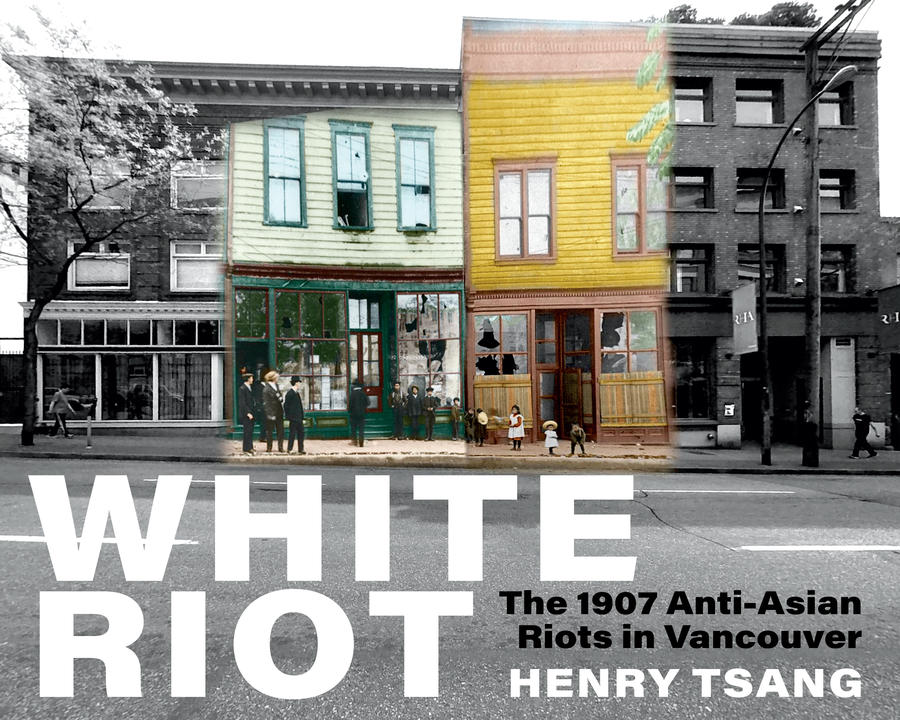Blog
Changes at the VHS
With the end of the 2024/25 lecture series, Michael Kluckner has retired as president of the Vancouver Historical Society after a decade at the helm.
A unique blend of visual artist and writer (his website is here), Michael shepherded the society through a difficult period (COVID) while maintaining membership, attracting younger members, taking the lectures online and acting as a knowledgeable media contact on matters historical and heritage-related.
I think he's done a terrific job, as will, I am sure, his presidential successor John Belshaw. Best of luck to them both.
Perhaps nothing signifies the importance of the Hudson's Bay Company to Canada's past than the fact that forty years ago a book publisher was willing to pay Peter Newman an advance of half a million dollars to write the company's history. I recall thinking when I read the news that it must be a misprint; Canadian writers did not get advances that humongous. But there was no mistake. Penguin Canada was gambling that readers understood the drama and the importance of the HBC story and would...
2025 has begun with news of terrible fires. In California, of course, where wildfires have claimed more than two dozen lives and destroyed thousands of homes. But in BC as well where a fire did so much damage to the community of Telegraph Cove on New Year's Eve.
For those who don't know, Telegraph Cove is a tiny village on the east coast of Vancouver Island north of Campbell River. Until...

White Riot, a walking tour/book by artist Henry Tsang (previously mentioned here), has won this year's City of Vancouver Book Award.
Congratulations to the author, and to Arsenal Pulp Press for producing...
